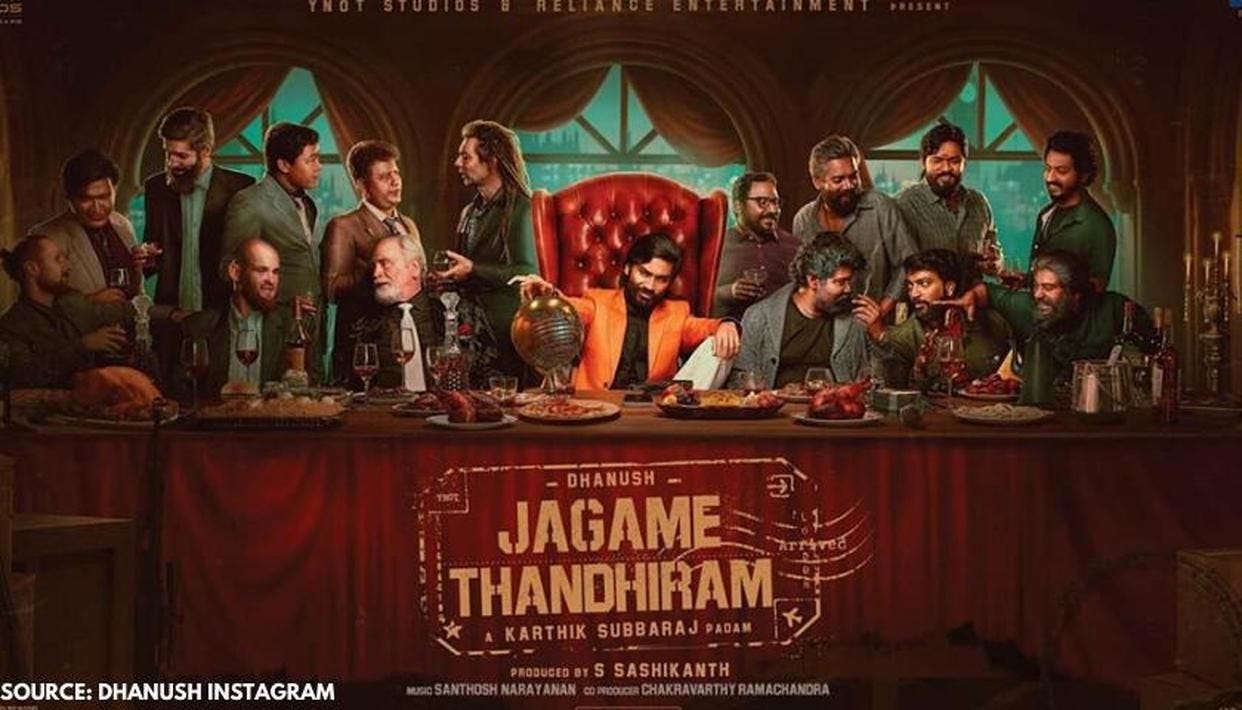
From Regional to Mainstream
With the rapid growth of smartphone penetration; digital as a medium is getting democratized. This means businesses, content creators and everyone else is trying to woo not just Metro cities but also the many smaller towns that consume content in languages beyond just English/Hindi.
What has this change resulted in? - A growing focus on building regional libraries of entertainment to reach a wider audience. The OTT platforms (Over-the-top media service) in India have risen from just 9 in 2012 to over 40 OTT platforms in 2021! The availability of a decent data plan to consume videos, and an attractive subscription plan to OTT platforms, has helped sustain the popularity of this platform. We now have them in different regional languages catering to varied audiences like: Aha! for Telugu content, Sun nxt for Tamil/Malayalam/Kannada content, Hoichoi for Bengali content, etc. Popular platforms like Netflix, Prime Video, Hotstar are also actively adding regional movies and even bringing original content in languages beyond Hindi. Consequently, the growth of this platform has not only given regional cinema a much needed exposure but also given a medium for filmmakers to reach wider audiences, beyond just limited theatrical releases!
The year 2019 saw many regional movies gain limelight and become a part of mainstream conversation throughout India with its digital release on Netflix & Prime video platforms - like Super Deluxe (Tamil) & Kumbalangi Nights (Malayalam). It made actors like Vijay Setupathi and Fahad Faasil gain nationwide prominence and lot of media attention- I recently read a review on Instagram for one of Fahad Faasil’s movie where the reviewer pointed out how it was now easier to find English interviews of Fahad Faasil online.
While access was made easier because of smartphones, internet and availability of platform; there could be many reasons for popularity of regional movies beyond their native language speaking audience: the great reception to Bahubali movie series in dubbed versions, the rising fandom of actors like Dulquer Salman, Vijay Deverakonda, and Pratik Gandhi; and the adulation for movies like Kumbalangi nights all point to the fact that Indian audience is open to the idea of crossing language barrier if they enjoy the movie. Regional cinemas of Malayalam, Bengali, Assamese, and other such industries are filling the dearth of good quality and innovative filmmaking left by commercial Bollywood- they seem more rooted, and relatable.
Covid-19 lockdown as a catalyst
As with the growth of Kdrama on OTT platform; regional content consumption has grown substantially in 2020. According to a report by CII and Ministry and Information Broadcasting, “tier-two, three and four towns have taken the lead in availing OTT services by clocking 1.5 times the number of new OTT (over-the-top) users as compared to metro and tier-one cities during the pandemic.”
What’s interesting is how regional content isn’t restricted to its native place anymore.
50% of the audience for the south Indian language films that premiered on Prime videos has come from outside their native states.
Original series by OTT platforms are no longer telling stories about people just from metro cities but also stories from smaller towns (like Jamtara, Mirzapur, Panchayat, Gullak, Paatal Lok, etc). The rise of OTT platform during pandemic has also given chance to actors like Pratik Gandhi to showcase their immense talent and become overnight stars. With Pratik’s show ‘Scam 1992’ becoming a super hit, people have now started watching his Gujarati movies available on platforms. With the pandemic still lurking; digital remains one of the few mediums of entertainment within people’s reach. They’re thus experimenting with watching newer forms of storytelling.
Regional movies proved to be more adaptable to current times- with fate of theatres still uncertain many regional movies have skipped theatrical release and taken the digital route. This is why lot more fresh content in terms of movies is coming from regional industries- Bengali movie Detective released exclusively on Hoichoi platform, Tamil movie Maara and Telugu movie Middle Class Melodies on Prime video. For most Bollywood movies with celebrated star cast and high budgets, a digital first move wouldn’t be commercially viable. However, few movies like Akshay Kumar’s Laxmii Bomb, Alia Bhatt’s Sadak 2 and Amitabh Bacchan’s Gulabo Sitabo, multi star cast movie Ludo had a digital premiere. Barring few movies like Laxmii Bomb which had the highest opening viewership on Disney+Hotstar platform and Ludo, not many movies with big star cast is doing well. A possible reason could also be the poor rating of these movies. As with regional movies, people are more receptive to Bollywood movies with good storyline and/or fresh approach.
Fate beyond Covid-19
The lockdown helped many OTT platforms gain new customers without much advertising. To sustain this growth; OTT platforms will continue to push regional content to reach wider audiences in smaller towns even after theatres open completely. The audiences on the other hand in search of quality content will get comfortable experiementing with movie/show choices and continue to consume content beyond languages that they speak and understand. It is up to producers to take leap of faith and invest in stories that would go direct-to-digital route.
The success of OTT platform would also help many film makers reach their movies to a wider audience which would have been difficult with high investment theatrical releases. However, with audiences getting more demanding of good storyline, the onus of bringing fresh, original and engaging content would get much higher from OTT platforms and their roster.



